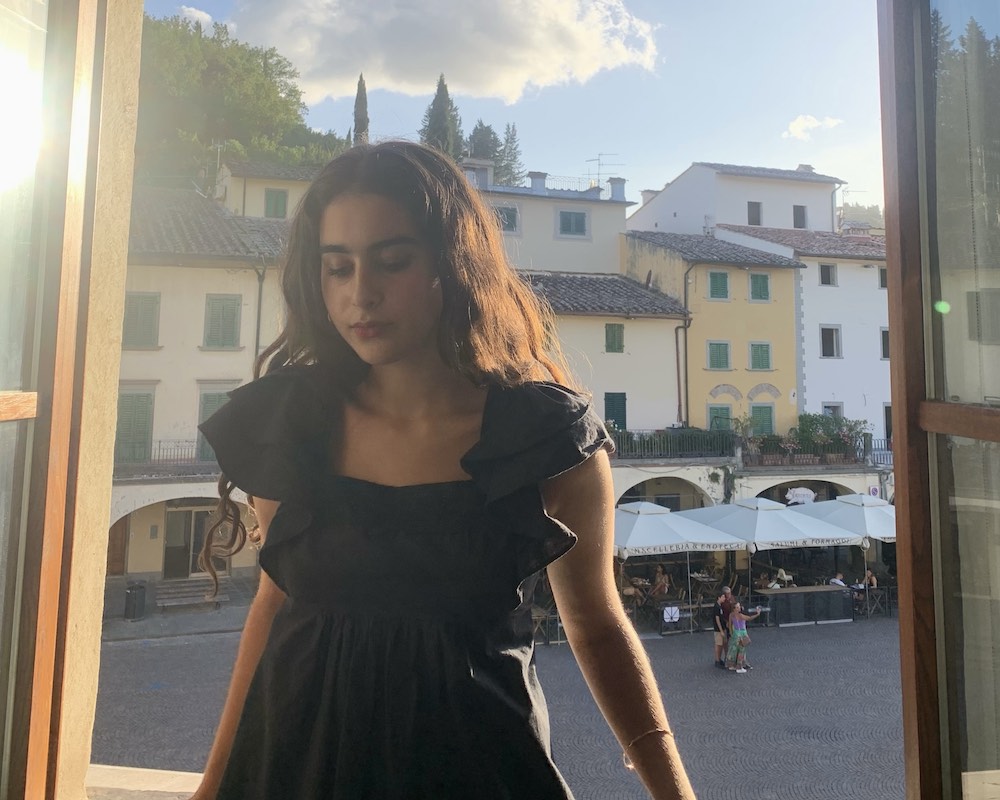When I was 10 years old, my mother placed a book on my desk with a crimson jacket — “Persepolis,” it read, an autobiography by Marjane Satrapi. The young girl on the cover wore a dark hijab over her head, neck and shoulders. She sat — arms crossed, weary-eyed and lonely. I studied the portrayal, observing the girl, and wondered why she could possibly look so sullen. I had yet to learn how this girl and her family’s story would make me question my own identity and reshape my entire cultural perspective.
My understanding of my family’s Persian culture was simple as a little girl: It was pure love. I remember my grandmother humming in the kitchen — the scent of saffron and cumin traveling into my room. On my birthday, they were all there — what seemed like 100 Persians cheering “Mobarak!” while I traded Iranian sour candies with my cousins. Learning curse words in Farsi from my uncles exhilarated me; my khalehs reprimanding as they stifled laughter and poured chai tea. I loved every loud, exuberant moment together, like the weddings, where I’d inevitably meet five new cousins by the end of the night. I fought hard not to smile, knowing my cheeks would be promptly stamped with red lipstick kisses.
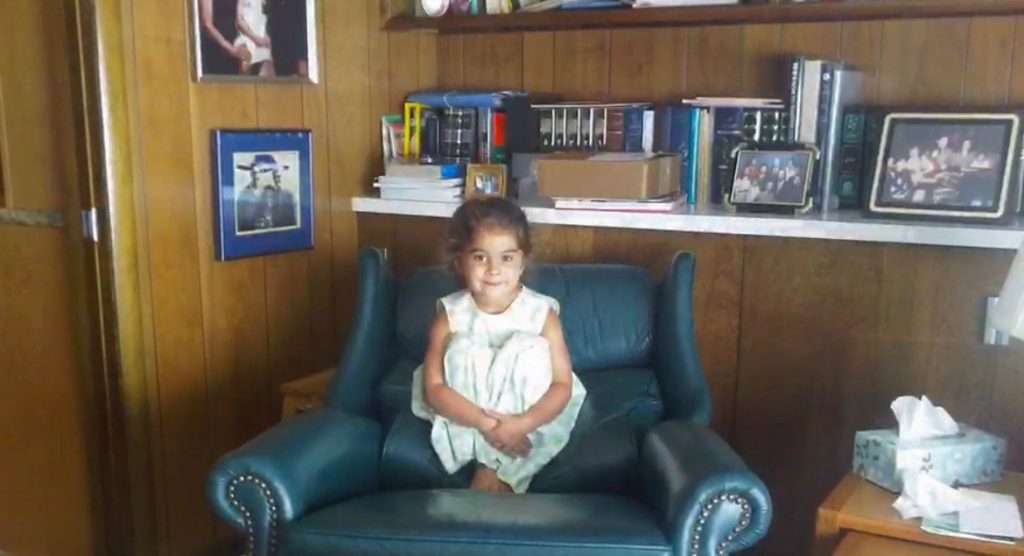
These cherished memories formed the basis of my Persian identity, imbued with warmth and familial love. It was a gentle world with laughter, good food and a profound sense of community.
However, my reading of Satrapi’s autobiography unsettled me. I could not relate to the brutality depicted in her story surrounding the Islamic Revolution of 1979, the historic uprising that led to the founding of today’s current ruling regime in Iran. Throughout her youth and into her adulthood, Marjane Satrapi was exposed to increasingly brutal government action under the Islamic Republic. Members of her community were persecuted before her young eyes — harassed, detained and even killed.
The contrast between my childhood experiences within a Persian family to Satrapi’s violently oppressed girlhood was dramatic. At a mere 10 years old, I struggled to accept the differences. The charm of my people, the red-lipped kisses and festive nature of Persian culture. Everything suddenly became unraveled — replaced by my newfound knowledge of the terror and destruction, attacks and street riots. Somehow my wonderful childhood seemed unfair compared to the horrors kids my age experienced living under the iron fist of Iran’s regime.
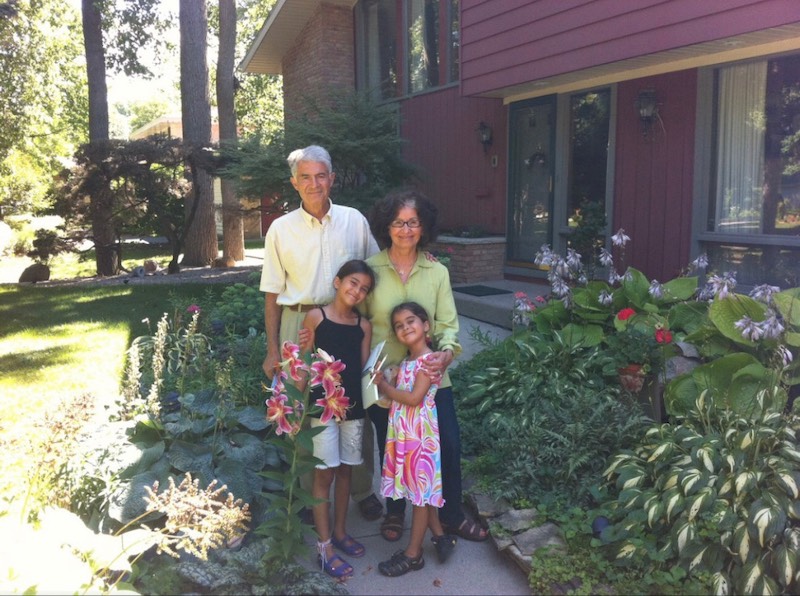
I began to look around the rooms full of loved ones: aunts, uncles, cousins, second cousins — people I’d known and loved — and saw them for something else. Beyond their familiar faces, their laughter echoing throughout our gatherings now seemed like a resolute act of defiance against their country’s repressive government. With every smile, they were not simply celebrating life’s pleasures. They were affirming their humanity and persistent spirits in the face of adversity.
The regime’s most recent crackdown on Iranian people, targeting women and girls, adds to my shock. In Iran, the people, specifically women and girls, have been trapped in a theocracy for 40 years under the unrelenting fist of a violent government. Even through the passing of time, the urgent fight for life and equality in Iran endures.
With the recent one year anniversary of Mahsa Amini’s tragic death, the world was reminded of the ongoing brutality. Amini, a young woman detained for showing her hair without a hijab, died in police custody under disturbing circumstances. The horror of her death shocked people around the world and drew attention to the countless Iranian women who continue to be harassed, controlled and killed under oppressive ruling.
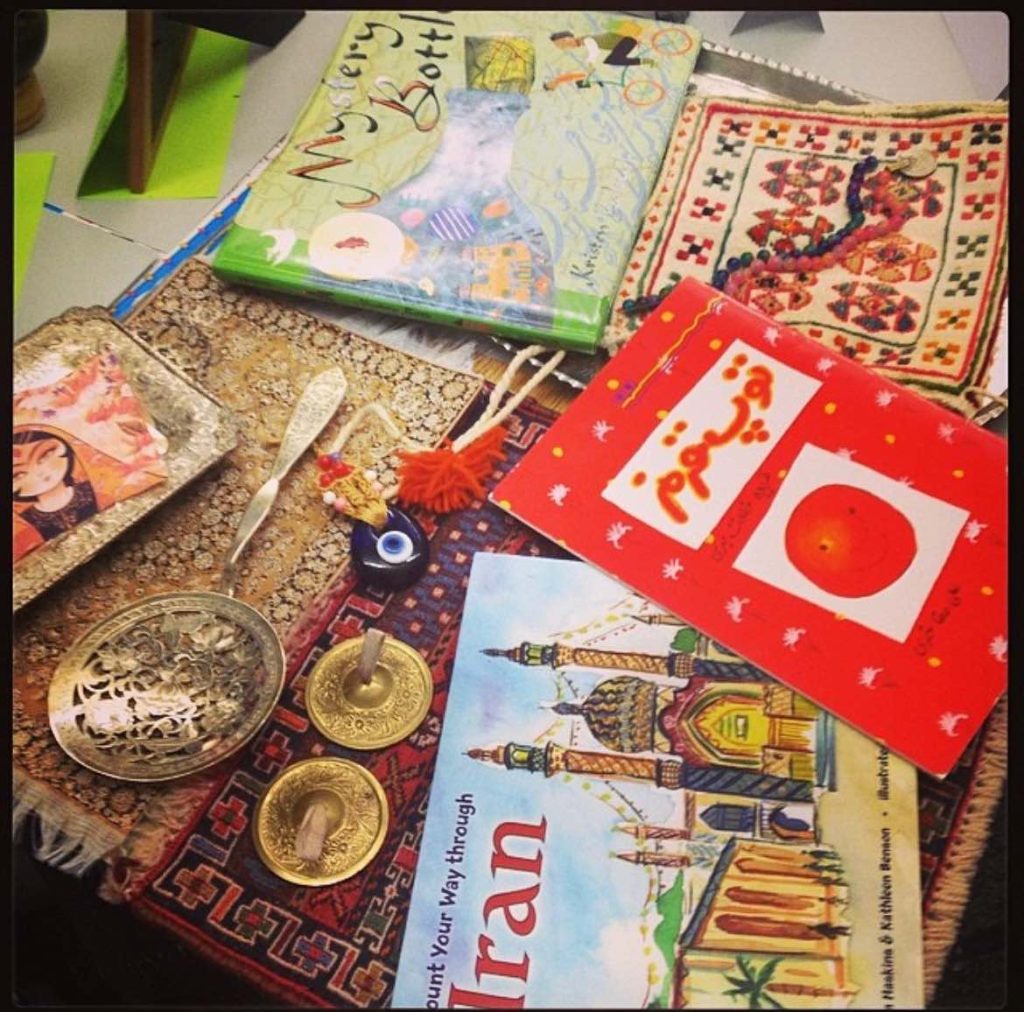
Detained by unthinkably austere laws with severe punishment, Iranian girls and women are fighting for their lives in the midst of a humanitarian crisis. They are the ones who dare to stand up to the government — protesting across the country and demanding equal rights for their sisters, aunts and mothers. They risk their lives with the powerful chant: Woman. Life. Freedom.
The one-year anniversary of Amini’s death served as a reminder of the Iranian people’s continuous struggle. I keep her story, and the stories of many others, in my heart and in my mind as a testament to the spirit of the people fighting for their rights and freedom.
I’m incredibly proud of the bravely female-led protest. I stand in solidarity with the women and girls of Iran and can relate to their anger.
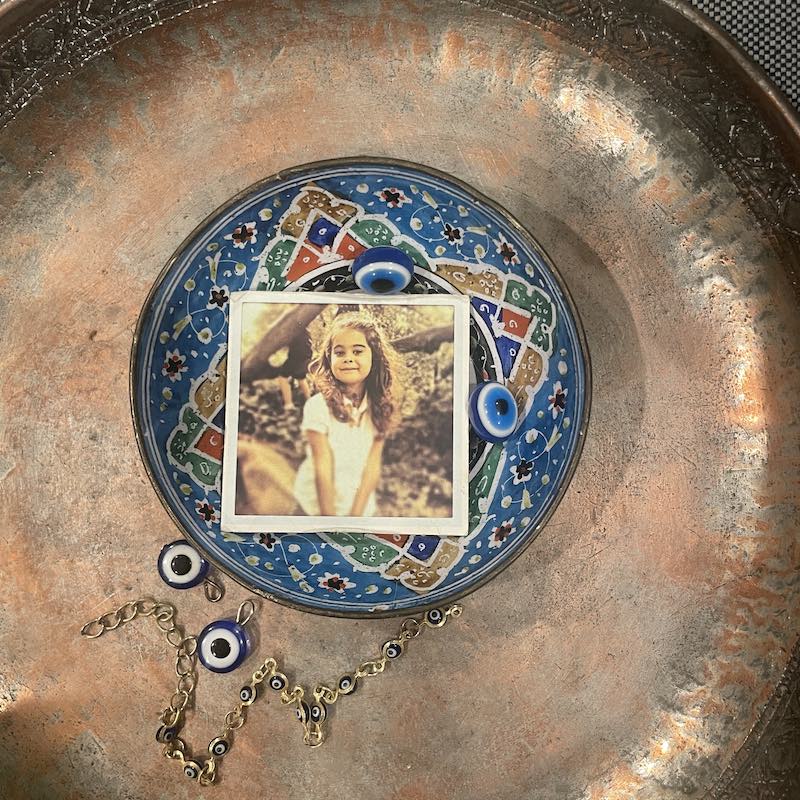
Currently, I stand thousands of miles away from the bloodshed in Iran. But carried with me is the reminder of their fight back, the resilience of their laughter and the dream of a brighter future. “Persepolis,” the book that shook my perception of Persian heritage, is a reminder of what Iranians have endured. Moreover, the capital Persepolis stands in ruins, yet the women in Iran fight on. Satrapi’s portrait of Iran has awoken a new sense of pride in me for Iranian people, and a desperate concern for their future. Their resilience leads the rest of the world.
Reflecting on my journey, I find myself observing multiple emotions — questioning who I am. I think about the identities I’ve fit into through the years. On the one hand, I was a child who knows what it’s like to be loved and celebrated by a large Persian family. Conversely, I have become an individual more recently awakened to the violent realities suffered by countless Iranians — particularly the female protesters risking everything to stand up for the lives that are being taken from them every day. Today, I know myself as both, and I carry these identities with me.
Mila Mincy (she/her), is a 17-year-old freelance writer with YR Media’s AAPI team who holds unique passions within writing, creative perspectives and self expression in all forms. She studies vocal arts and music — as well as writing and social justice.
Edited by Amber Ly.
A version of this essay also aired on KQED Perspectives.
